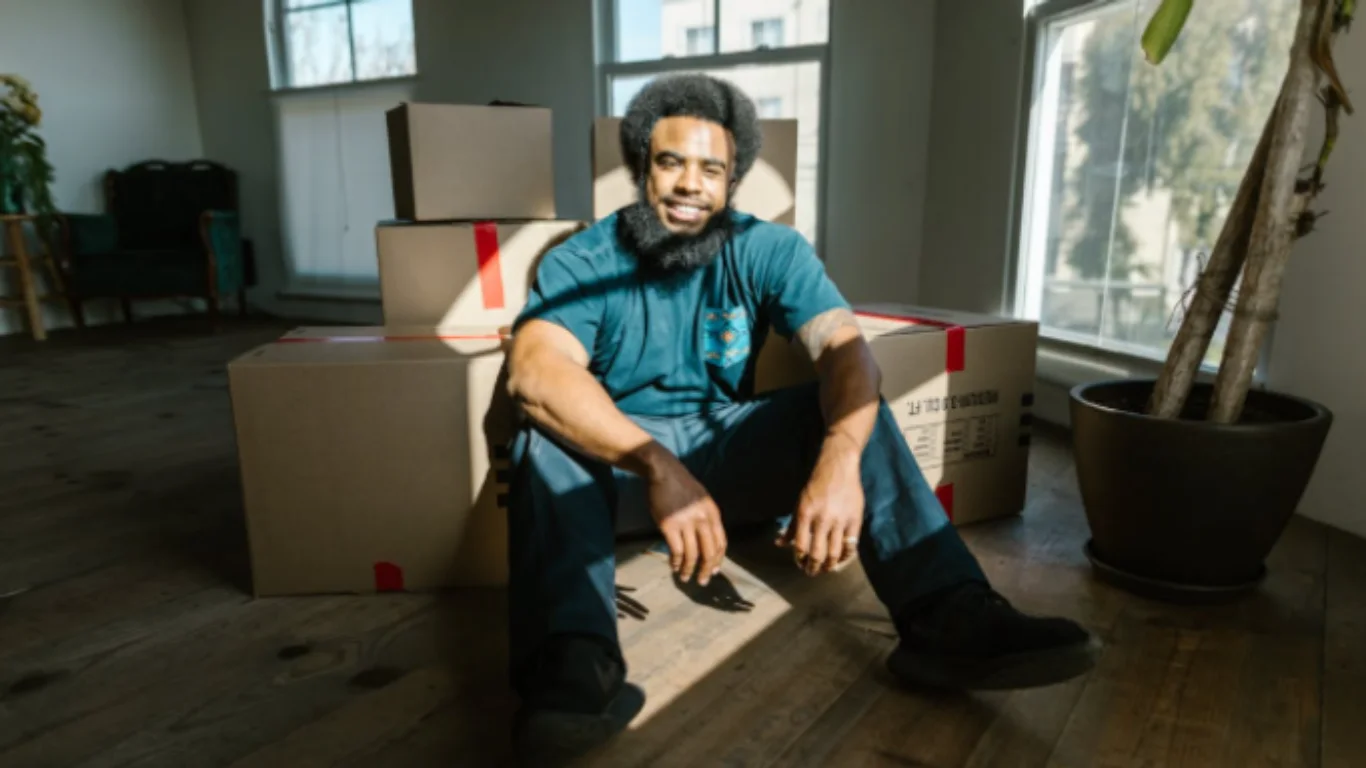Ever walked into a room at home and felt your eyes sting or your head ache for no clear reason? It’s not always allergies or leftovers—it could be the house itself. We expect our homes to be safe, but common materials in flooring, paint, or furniture can quietly release harmful substances. They may look clean and modern, but some bring side effects that build up over time. As more people stay indoors—working remotely or escaping extreme weather—health and comfort at home matter more than ever.
In this blog, we will share how some common household materials may be affecting your home in ways you can’t see, smell, or touch—and what you can do about it.
The Stuff That Looks Fine But Isn’t
Flooring, paint, wood, and insulation may seem harmless, but they can cause hidden problems indoors. Vinyl flooring often contains phthalates, which can leak into the air and trigger irritation or allergy symptoms. That “new paint” smell? It’s usually VOCs—chemicals that linger and affect breathing long after the scent fades. Pressed wood products like plywood and particle board often use formaldehyde-based glue, which can release gas, especially in warm or poorly ventilated rooms. Older insulation, like damaged fiberglass, can release fibers into the air, while spray foam may off-gas harmful chemicals if not applied correctly.
All of these materials are common for a reason. They’re affordable, effective, and widely available. But their hidden effects are often overlooked during renovations or home improvements. And if you want to improve your indoor air quality, it’s worth asking what your home is made of—not just what it looks like.
Why These Issues Stick Around
You might wonder, “If these materials are such a problem, why are they still being sold?” Fair question. The answer comes down to three things: cost, convenience, and habit.
Many of these materials are cheaper to produce. They also install faster and look good out of the box. That makes them ideal for contractors working on a timeline. Plus, until recently, most homeowners weren’t thinking much about long-term chemical exposure. Safety meant locking up the bleach and checking the batteries in smoke alarms. Not many people questioned the floorboards.
But trends are changing. Since the pandemic, the wellness-at-home conversation has grown louder. With more people spending hours indoors and remote work becoming normal, comfort now includes breathing clean air and avoiding chronic exposure to harmful materials.
Government regulations have made some progress. Several states, including California and New York, now restrict the use of certain chemicals in building products. But loopholes and weak labeling laws mean some ingredients still fly under the radar. “Low-VOC” doesn’t always mean zero-VOC. And many shoppers assume green packaging equals safety, which isn’t always true.
There’s also the issue of time. These problems don’t usually hit right away. Symptoms like fatigue, coughing, or headaches often build up slowly. It’s hard to connect them to that new rug or cabinet upgrade from last spring. That delay is part of what makes the issue so tricky. People don’t know where the problem is coming from until they strip it all back.
Practical Fixes That Don’t Break the Bank
Now for the good news: you don’t need to rip your home apart to fix everything. There are smart, simple ways to limit exposure and protect your space.
Start by improving airflow. Open windows when weather allows. Use fans and vented systems to help move old air out and bring fresh air in. Check your HVAC filters monthly and use high-quality ones that capture fine particles.
Next, look at what you bring into your home. Choose furnishings labeled “formaldehyde-free” or “Greenguard Gold Certified.” These products are tested for low emissions. Water-based paints and finishes are a solid alternative to traditional solvent-based options. They still look great but come with fewer health risks.
If you’re planning a renovation, ask questions. What kind of flooring is being installed? Is the insulation sealed? Can the contractor confirm what adhesives or sealants are being used? Being a bit picky up front can save a lot of discomfort later.
Also, don’t underestimate the power of plants. While they’re not a magic solution, certain indoor plants like spider plants and snake plants can help absorb pollutants and boost oxygen levels. Just make sure they’re safe for pets if you have them.
Lastly, invest in a portable air purifier for spaces where airflow is limited. Look for models with HEPA filters. They can trap tiny particles like dust, pollen, and chemical residues that settle into carpets or float around after cleaning.
The Bigger Picture: Health, Climate, and Industry Shifts
While your own home may be the main concern, it’s also worth seeing this in the larger context. The conversation around building materials is shifting, slowly but steadily. Architects and builders are beginning to pay closer attention to material safety, not just structure and style.
At the same time, more homeowners are becoming advocates. Online forums, buyer guides, and independent certification systems now help consumers make informed choices. What once took hours of research is now available with a few clicks.
Still, change isn’t happening fast enough. Many lower-income neighborhoods still have homes built with the cheapest possible materials—often decades old and poorly maintained. These are the places where long-term health effects show up most clearly. Kids developing asthma. Adults suffering from chronic fatigue. The link between low-cost housing and indoor pollution is real, and it’s being studied more widely today.
Climate change is adding fuel to the fire. As heatwaves grow longer and stronger, homes stay sealed longer to preserve cool air. That means indoor air cycles more slowly, and any pollutants inside have more time to build up. Rising energy costs also make it harder for families to upgrade their HVAC systems or replace outdated materials.
This brings us to the core takeaway: your home isn’t just a shelter. It’s an environment. It’s where you sleep, eat, work, and unwind. And it’s worth investing in materials and systems that support your health—not quietly work against it.
Being aware of what’s in your walls, under your feet, and above your head might not be as exciting as a new backsplash or trendy wall color. But it could make your space cleaner, safer, and more comfortable for everyone living in it.So the next time you step into a room and wonder why it just feels off, don’t shrug it off. It might not be your mood or the weather. It could be your house asking for a little attention.







